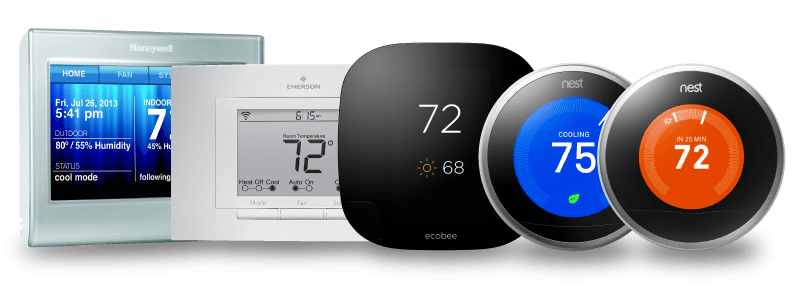Smart LED bulbs are an emerging technology that offers energy efficiency, plus the capacity to adjust lighting output to any colour or intensity specified by occupants. These LED bulbs can also interact with wireless networks and mobile applications, providing an enhanced user experience.
Cool. But do smart LED bulbs offer energy savings?
The energy savings achieved by LED bulbs strongly depend on the type of bulb being used previously:
- Upgrading from incandescent lighting: This scenario offers savings of over 80 percent. For example, 100-watt incandescent bulbs can be replaced with LED bulbs having a power consumption in the range of 16 to 18 watts.
- Upgrading from halogen bulbs: Halogen bulbs are a slightly more efficient and durable version of incandescent bulbs, but they are still far less efficient than LED lighting. For example, a 43-watt halogen bulb can normally be replaced with a 10-watt LED bulb, achieving energy savings of slightly over 75 percent.
- Upgrading from fluorescent bulbs: Since fluorescent bulbs are considerably more efficient than incandescent and halogen bulbs, savings are lower in this scenario, although still significant. An upgrade from fluorescent to LED lighting typically yields savings of around 30 percent.
Keep in mind that energy savings are just part of the picture. LED bulbs also have a very long service life. Let’s face it, changing lightbulbs has a real nuisance factor, which can be minimised with LEDs. You’ll also save money with fewer lamp replacements. An LED bulb can last two to three times longer than a fluorescent one, and over 20 times longer than an incandescent one.
The Australia Energy Rating site has an interesting fact sheet on LED lighting, where you can read more about the benefits of this technology.
Personal lighting with colour adjustment and dimming
Some lighting manufacturers have launched LED product lines that go beyond energy efficiency, adding customisation and accessibility features that make lighting more personal:
- Smart LED bulbs typically allow their output to be adjusted to any colour temperature from 2700K (warm white) to 6500K (cool white). Some products offer higher flexibility and can be adjusted to any colour, even those not normally used for lighting, such as red or green.
- Lighting is adjusted through an intuitive smartphone application, which means no specialised knowledge is required to use the product. It is also possible to automate lighting by programming schedules and alarms.
- Smart LED bulbs can be controlled through Wi-Fi signals.
Philips Hue and Sylvania Lightify are among the best-known smart LED product lines, both of which are available in the Australian market.
Upgrading to LED bulbs now offers more than just energy savings: no other lighting technology has the same flexibility in terms of control and customisation. For example, with smart LED bulbs you can change the lighting from bright white to dim yellow with just a few clicks on your smartphone screen.








